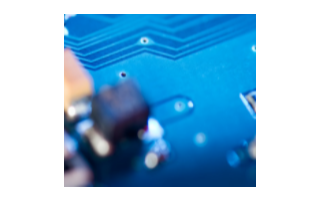November 10, 2020
2307
As an indispensable part of all electronic devices, the most popular technology in the world requires a complete PCB design. However, the process itself sometimes has nothing. Delicate and complex, errors often occur during the PCB design process. Due to production delays caused by circuit board reflow, the following are three common PCB errors that should be noted to avoid functional errors.

1.) Landing mode
Although most PCB design software includes General Electric component libraries, their related schematic symbols and landing patterns, some circuit boards will require designers to draw them manually. If the error is less than half a millimeter, the engineer must be very strict to ensure the proper spacing between the pads. Mistakes made during this stage of production will make welding difficult or impossible. The necessary rework will cause costly delays.
2.) Use blind holes/buried holes
In the market of devices that are accustomed to using IoT today, smaller and smaller products continue to exert the greatest impact. When smaller devices require smaller PCBs, many engineers choose to use blind vias and buried vias to reduce the footprint of the circuit board to connect internal and external layers. Although the through hole can effectively reduce the area of the PCB, it reduces the wiring space, and as the number of additions increases, it may become complicated, making some boards expensive and impossible to manufacture.
3.) Trace width
In order to make the board size small and compact, the engineer's goal is to make the traces as narrow as possible. Determining the PCB trace width involves many variables, which makes it difficult, so it is necessary to fully understand how many milliamps will be required. In most cases, the minimum width requirement is not sufficient. We recommend using a width calculator to determine the appropriate thickness and ensure design accuracy.
Recognizing these errors before they affect the overall function of the board is a good way to avoid costly production delays.